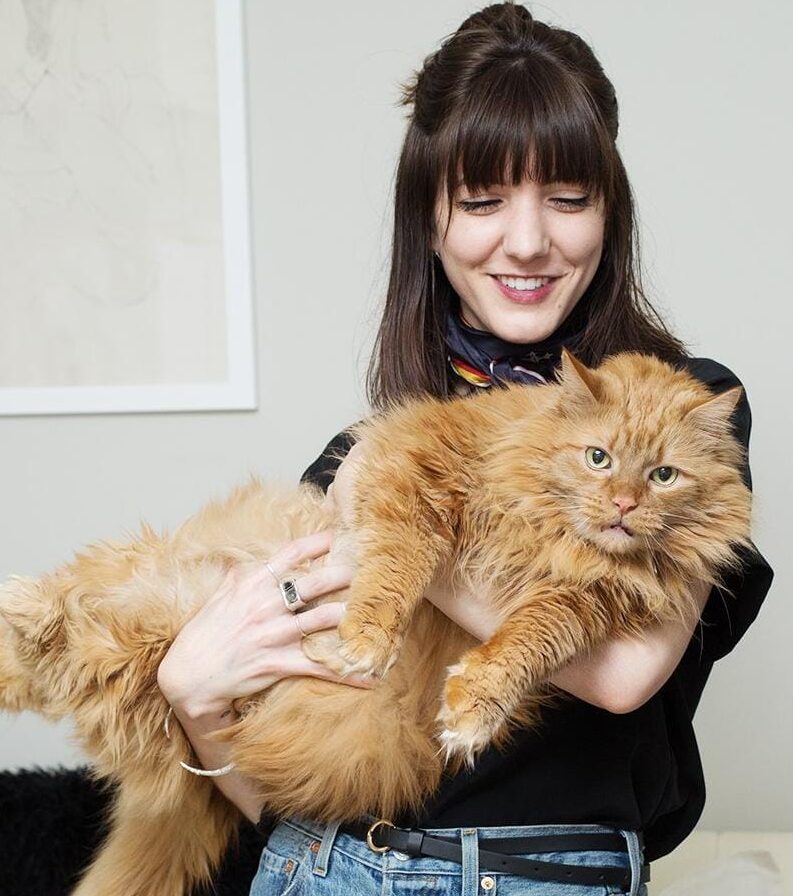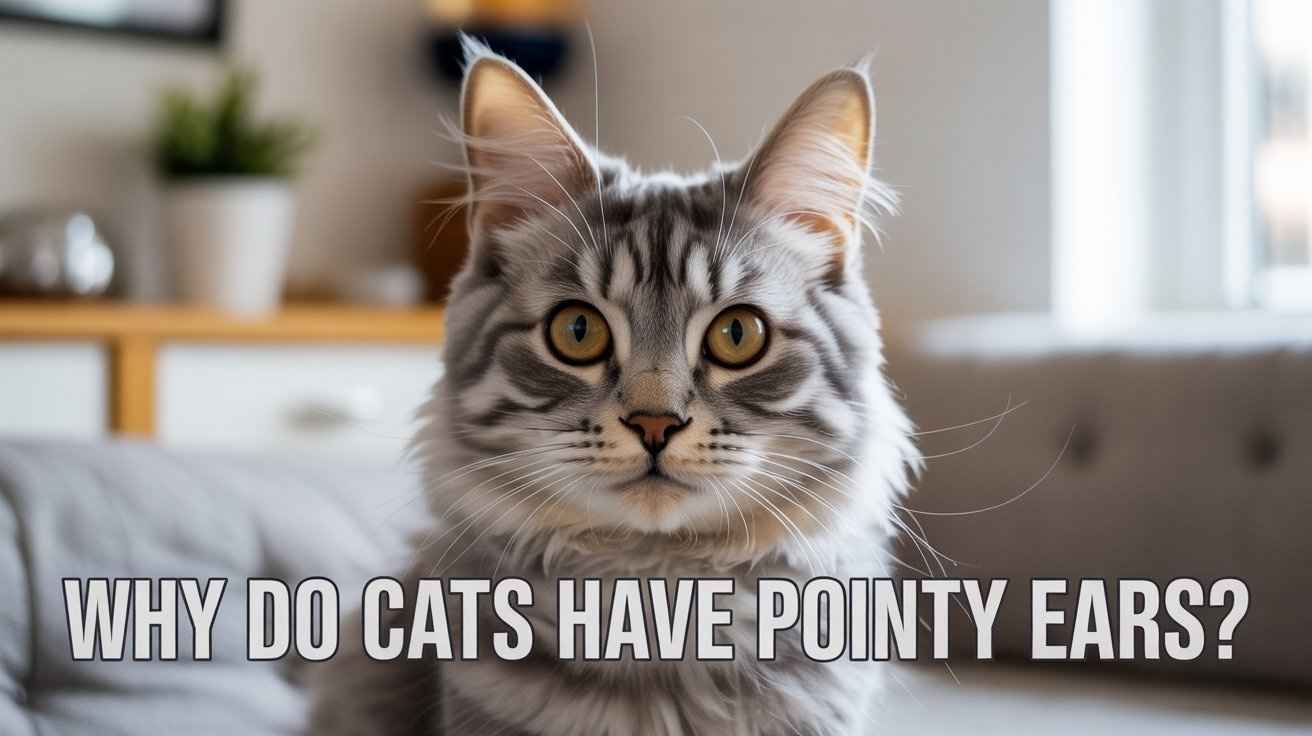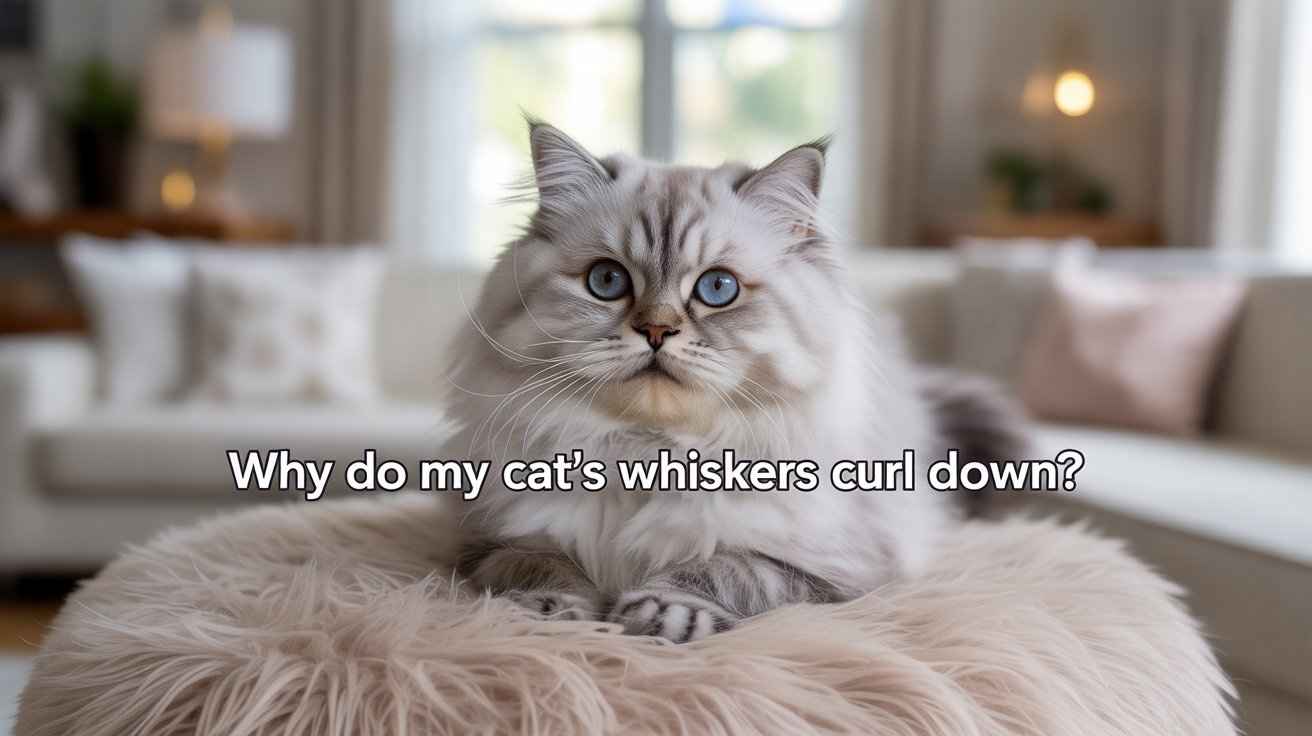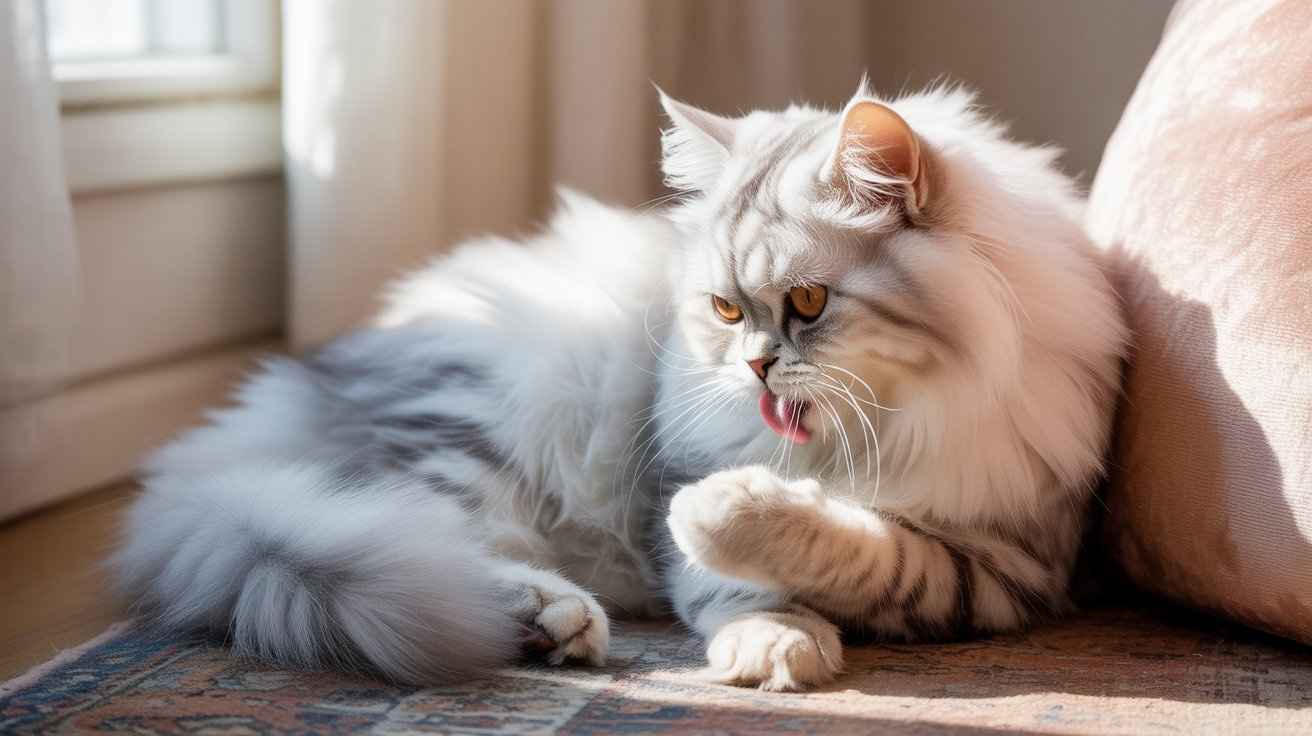Why Do Cats Have Pointy Ears? The top 5 Reasons include survival, sharp hearing, hunting skills, body communication, and natural evolution.
Why do cats have pointy ears?
If you’ve ever looked at a cat’s face, you probably noticed their tall, pointy ears. Many people wonder, “Why do cats have pointy ears?” It’s not just a cute feature—these ears are essential for how cats hear, hunt, and communicate.
Pointy ears help catch sounds, notice tiny movements, and even show a cat’s mood. Small details like ear tufts or the little fold called Henry’s pocket make their ears even more special.
In this guide, we’ll explore the science, behaviour, and fascinating facts that explain why a cat’s pointy ears matter so much.
Top 5 Reasons for Pointy Ears in Cats
| Ear Problem | What Happens | What to Do |
|---|---|---|
| Ear Mites | Red, swollen ears with a foul smell or pus. | See a vet for medicine to kill mites. |
| Infections | Red, swollen ears with a foul smell or pus. | A vet gives drops or antibiotics. |
| Wax Build-up | Too much wax makes the ear dirty and may block sound. | Clean gently or ask a vet for help. |
| Allergies | Itchy ears caused by food or dust allergies. | Red, swollen ears with a bad smell or pus. |
| Foreign Objects | Grass, seeds, or dirt stuck in the ear can cause pain and head shaking. | The vet may suggest a diet change or medicine. |
Cat Ear Anatomy — How a Cat’s Ear Works
Cats have very special ears. The outside part, called the pinna, is shaped like a triangle. This is why cats have pointy ears — it helps catch sounds like a funnel.
Inside, cats have many ear muscles that let them turn their ears in different directions. They can move each ear alone or together. Cats also have a tiny fold called Henry’s pocket, and soft hairs called ear furnishings that protect the inside.
All these parts work together so cats can hear the quietest sounds, even a mouse hiding in the grass.
Cat Ear Anatomy — How a Cat’s Ear Works
Cats have very special ears. The outside part, called the pinna, is shaped like a triangle. This is why cats have pointy ears — it helps catch sounds like a funnel.
Inside, cats have many ear muscles that let them turn their ears in different directions. They can move each ear alone or together.
Cats also have a tiny fold called Henry’s pocket, and soft hairs called ear furnishings that protect the inside. All these parts work together so cats can hear the quietest sounds, even a mouse hiding in the grass.

Why Do Cats Have Pointy Ears? — Evolution & Hearing
Cats have pointy ears because they help them survive and hunt. The sharp shape works like a dish, catching tiny sounds all around.
Cats can hear high squeaks from mice or birds that people cannot hear. Long ago, cats with strong, pointy ears were better hunters, which allowed them to survive and reproduce. Over time, most cats kept this shape.
Big cats, like lions, often have rounder ears because they hunt in other ways. For house cats, pointy ears are still the best tool for hearing and staying safe.
Ear Mobility — Small Muscles, Big Advantage

Cats can move their pointy ears in many ways.
They have more than 30 tiny ear muscles, which let them turn their ears almost all the way around.
This helps them find out where sounds come from. A cat can even move each ear on its own! This strong ear mobility is why cats hear so well and react quickly.
Dogs can listen well, too, but cats are often faster at turning their ears to catch small noises.
Ear Tufts, Ear Furnishings & Henry’s Pocket
Some cats have little hairs on the top of their pointy ears. These are called ear tufts, and they help keep dust out. Inside the ear, soft hairs called ear furnishings protect the ear canal.
Cats also have a small fold of skin on the side of the ear called Henry’s pocket. No one knows its exact job, but it may help with hearing high sounds. All these parts make cat ears even more special and valuable.

Cat Ears Show Mood & Communication
Cats use their pointy ears to talk without words. When the ears are forward, the cat is happy or curious. If the ears turn back or flat, the cat may be scared or angry.
When the cat’s ears keep moving around, it is listening closely to every sound. By watching your pet’s ear positions, you can understand how they feel. Their ears are like little signals that show their mood.
Big Cats vs Small Cats — Why Shapes Differ

Not all cats have the same ears. House cats and wild small cats usually have pointy ears. This helps them hear tiny animals and stay safe.
But some big cats, like lions and tigers, often have rounder ears.
They do not need sharp ears the same way because they are large, hunt in groups, or use strength instead of quiet listening.
Small cats depend more on hearing, so their ears stayed pointed through time. This shows how ear shape changes to fit the way each cat lives.
Breeds with Pointy Ears
Some cat breeds are known for very pointy ears. The Siamese and Oriental cats have long, sharp ears that stand tall. The Abyssinian has wide, alert ears, making it look always ready to play.
Savannah cats have big ears that help them listen carefully. The Maine Coon is special because it has ear tufts on top of its pointy ears, like little crowns.
These breeds demonstrate how people have selectively bred cats with different ear shapes. But no matter the breed, the pointy ear design helps all cats hear better.
Common Ear Problems Cat Owners Should Know
Even though cats have strong, pointy ears, they can still get ear problems. Sometimes ear mites cause the ears to itch.
Cats may also have wax, dirt, or infections that cause pain. If a cat keeps scratching, shaking its head, or if the ear smells bad, something is wrong.
Soft hairs inside the ear, called ear furnishings, help protect it, but they cannot stop all problems. Owners should check their ears often and clean them gently. If the ear looks red or has pus, it is best to take the cat to a vet for help.

FAQs
1. Why do cats have pointy ears?
Cats have pointy ears because the shape helps them collect sounds and hear better, which is essential for hunting and staying safe.
2. Can cats move their ears?
Yes, cats can turn their ears in different directions. This helps them quickly find out where a sound is coming from.
3. What do flat ears mean?
Flat ears usually mean a cat feels scared, angry, or upset. Watching ear positions can tell you a lot about their mood.
4. Why do some cats have ear tufts?
Ear tufts are small hairs on the tips of pointy ears. They help keep dirt out and may guide sound into the ear.
5. What is Henry’s pocket on a cat’s ear?
Henry’s pocket is a small fold of skin on the ear. Experts are not entirely sure of its purpose, but it may help filter high-pitched sounds.

Hi, I’m Sana Sajid!I’m the voice behind CatsCare.blog, sharing my 10+ years of hands-on cat care experience. With a diploma in animal care, I offer practical tips, trusted advice, and easy-to-follow guides to help keep your cats healthy and happy.
When I’m not writing, I spend time with my own cats or exploring the latest developments in feline health. Follow CatsCare.blog for expert insights and real cat stories!





![A close-up profile of a brown and gray tabby cat with a white chest, highlighting the slit (Henry's pocket) on the outer edge of its ear. [Why Cats Have Slits in Their Ears]](https://catscare.blog/wp-content/uploads/2025/10/why-cats-have-slits-in-their-ears-cats.jpg)